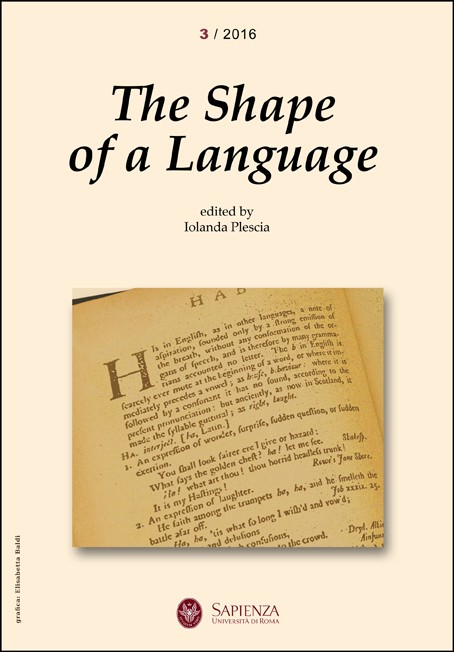Come into the Garden, Bard; Or, From Bed to Verse
Abstract
The project from which this paper derives addresses the emerging forms of Elizabethan poetry in the context of contemporary visual design, specifically the forms and shapes that characterize the arts and crafts in the period: architecture, interior decoration, painting, and many others. The form of the decasyllabic line, the medium for the greatest poetic achievements of the period, is a major product of a culture in which artisans from many disciplines devoted themselves to the rewards of arrangement and pattern. In various fields of craft, as in English thought generally, the values of similitude, contrast, equivalence, and symmetry become increasingly prominent as the sixteenth century proceeds.
The conventions and principles that produced the great gardens of England and Europe are among the same principles that Elizabethan poets were exploiting to delight readers and audiences. In a crude analogy, we might say that language is the poet’s material equivalent of the gardener’s earth, and that sounded language is the medium onto which the poet imposes patterns to create the harmonious, composed poetic object. The intersecting vocabularies of horticulture and of poetry help us to document the appreciation for form that attends Tudor humanism and characterizes particularly the last decades of Elizabeth’s reign.
Keywords: Shakespeare, visual culture, early modern gardens, iambic pentameter, decasyllabic line, earth and language medium analogy


